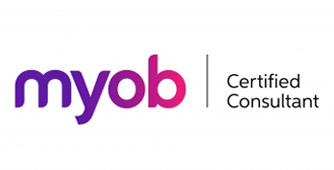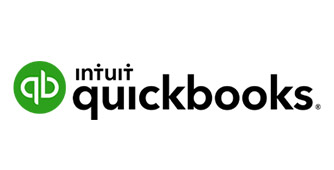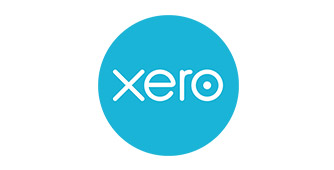STP Phase 2 & Super Changes
Understanding the Phase 2 STP Requirements & New Super Contribution Rules
What is Single Touch Payroll?
STP Phase 2 or Single Touch Payroll, is a system the Australian Taxation Office has put in place that allows us bookkeepers to report payroll amounts to the ATO weekly instead of waiting until the end of the year.
How Does STP Reporting Work?
As a bookkeeping business, we issue STP reports using our accounting packages: Myob/Xero/Quickbooks. Once a payslip is recorded, we send the YTD amounts through the ATO’s online system. This is a legal system where if you fail to submit your reports, you can be issued a fine after 28 days have passed.
It’s important to note that ATO will continue to issue fines until your records are up to date.

The Benefits of STP Reporting for Clients and Bookkeepers
One of the tremendous benefits of Single Touch Payroll is that we are no longer required to send group certificates to the ATO or to the employees at year-end. This process is now entirely automated, meaning that employees need only log into their My.gov account to gain access to all of their information.
Unfortunately, this does pose a minor concern for some. If the individual logging the STP lacks the proper experience and qualifications, the data they input may cause the employee to underpay or overpay on tax.

How to Prepare for STP Phase 2
The new expansion, STP phase 2, has launched. This new update means it’s important for us to get out systems in order before the end of the year. The question is, how do we do this?
To begin, we need to allocate all pay categories to a more defined state. For example, we need to allocate an overtime category to our Gross wages in addition to maintaining a standalone overtime category. Prior to this change, we only had to allocate it to Gross wages. Businesses are also required to change the super & PAYG categories.
Additionally, all employees need to be allocated individually. For example, the owner or wife of the owner needs to be categorized as a “closely held payee,” whereas normal employees must be labeled under salary & Wages.
Lastly, you will need to upgrade your accounting software to phase 2. As each system is different, so you will need to contact the supplier regarding this.

New Super Contribution Rules
From 1/7/22, the rules have changed for super calculation. Previously, businesses were only required to pay super to employees over 18 or those who were paid $450 or more pre-tax in a calendar month while working more than 30 hours in a week. These specifications have since changed so that the $450 per month rule has been removed. This means that everyone now gets super on all earnings, with the exception of those under 18.
If you are under 18, you still need to work more than 30 hours a week to receive super. These rules haven’t changed officially, so please contact your Tax Agent or bookkeeper to confirm these details.
For any additional questions or bookkeeping requirements, contact our team at Client Needs Bookkeeping.




